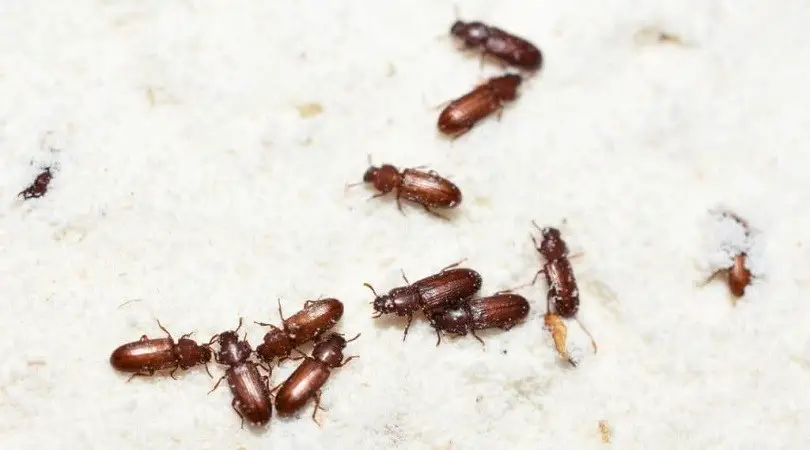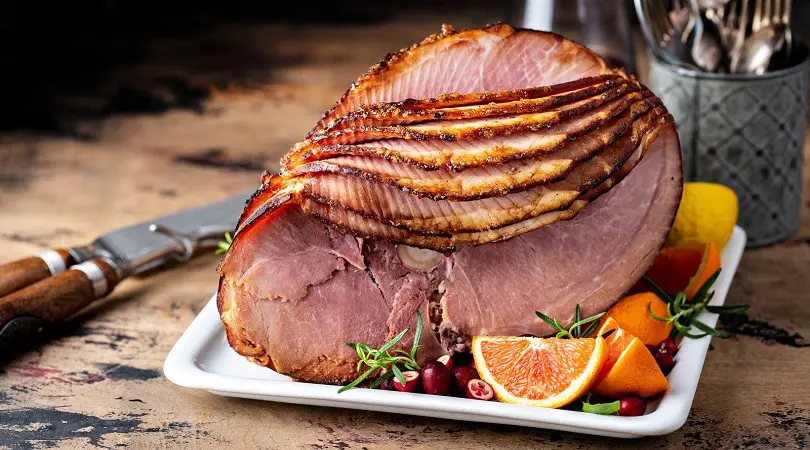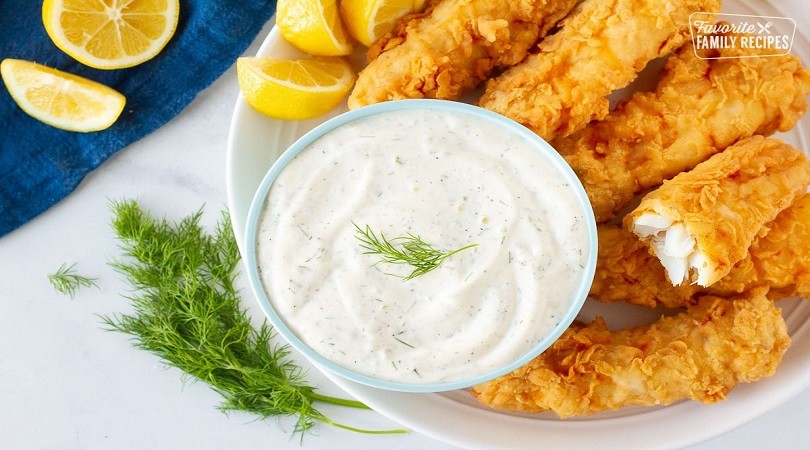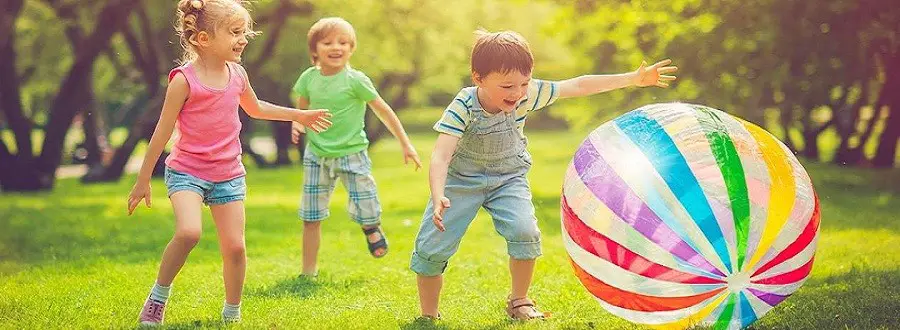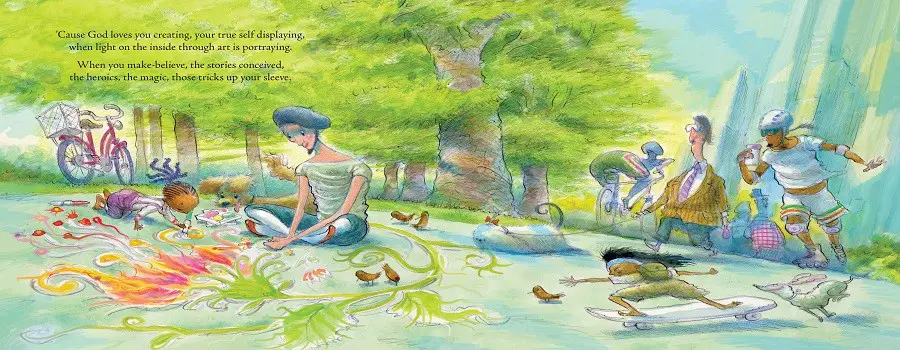Last Updated on December 22, 2022
Baby beetles look like miniature versions of their adult counterparts. They are typically smaller in size, with softer bodies and underdeveloped wings. The color and patterning of baby beetles can vary depending on the species, but many are brown or black with distinctive markings.
As they mature, beetles undergo a complete metamorphosis, shedding their skin several times before emerging as fully-grown adults.
If you’re wondering what baby beetles look like, the answer is that they vary depending on the species. Some common features include six legs, hard shells, and antennae. Baby beetles typically have underdeveloped wings and are smaller than their adult counterparts.
Depending on the beetle species, they may be brown, black, or red in color.
One of the most common varieties of beetle is the ladybug. Ladybugs start out as small, black larvae with white spots.
As they mature, they develop a red shell with black spots. Another popular type of beetle is the firefly. Firefly larvae are usually brown or black and have long tails that help them swim through water.
When they transform into adults, fireflies are famous for their ability to produce light using a chemical reaction in their abdomens!
Baby Beetles Cartoon 6 Sun!
How Does a Baby Beetle Look Like?
How does a baby beetle look like?
A baby beetle looks like a small, brownish-black insect with six legs. Its body is elongated and flattened, and its head is round with large eyes.
It has chewing mouthparts and two short antennae.
What Do Carpet Beetle Babies Look Like?
Carpet beetle babies, or larvae, are small, white insects that are often mistaken for bedbugs. They are about the size of a grain of rice and have a dark brown head. Carpet beetle larvae are covered in tiny hairs that they use to move around and they can be found in any stage of development from egg to adult.
As carpet beetles feed on fabric fibers, they can cause damage to clothing, carpets, and upholstered furniture. The best way to prevent an infestation is to vacuum regularly and keep your home free of clutter. If you suspect you have a carpet beetle infestation, contact a pest control professional for treatment options.
What Does Beetle Larvae Look Like?
Beetle larvae look like small, grub-like insects. They are often white or pale in color, and have a hard exoskeleton. Larvae typically have three pairs of legs, and may also have appendages on their abdomen that help them to move through soil or other substrates.
Some species of beetle larvae are known to be pests of crops or stored food products, while others are beneficial predators of other insect pests. Many beetle larvae go through several molts (shedding their exoskeleton) as they grow before pupating into adults.
What Bugs Can Be Mistaken for Baby Roaches?
There are a few different types of bugs that can be mistaken for baby roaches. One type is the German cockroach, which is actually a fairly common household pest. These roaches are brown in color and have two dark stripes running down their backs.
They are about the same size as baby roaches, but they do not have wings.
Another type of bug that can be mistaken for a baby roach is the American cockroach. These roaches are much larger than German cockroaches, and they are reddish-brown in color.
They also have wings, so they look quite different from baby roaches when they fly. However, American cockroaches can sometimes enter homes through cracks and crevices, so they can be found in the same places as baby roaches.
Finally, there are several types of beetles that can be mistaken for baby roaches.
Some of these beetles are actually capable of infesting homes and becoming pests themselves. The most common beetle pests that could be confused with baby roaches include drugstore beetles, cigarette beetles, and carpet beetles. These beetles vary in size and coloration, but all of them have long antennae sticking out from their heads.

Credit: howtomurderpests.com
What Do Baby Beetles Eat
If you have ever found a small, black beetle crawling around your home, chances are it was a baby carpet beetle. Carpet beetles are common household pests that can be difficult to get rid of once they establish themselves in your home. But what do these tiny insects eat?
As their name suggests, adult carpet beetles feed on carpets and other fabrics made from natural fibers. They will also feast on fur, feathers, and even stored food products like cereals and grains. Adult carpet beetles can cause significant damage to your belongings if left unchecked.
Baby carpet beetles, or larva, have voracious appetites as well. They will eat just about anything that adults carpet beetles enjoy eating. In addition, they are often attracted to pet food and dead insects.
If you have a problem with baby carpet beetles in your home, it is important to remove any potential food sources that they may have access to. Vacuum regularly and keep your pantry shelves clean and free of spills or crumbs.
Conclusion
If you’re wondering what baby beetles look like, wonder no more! In this blog post, we’ll take a close up look at these little creatures so you can see for yourself. Baby beetles are small and round, with six legs and two antennae.
They’re often brown or black, but can also be brightly colored. Some species of beetle larvae are known to cause damage to crops, which is why it’s important to identify them early on.

